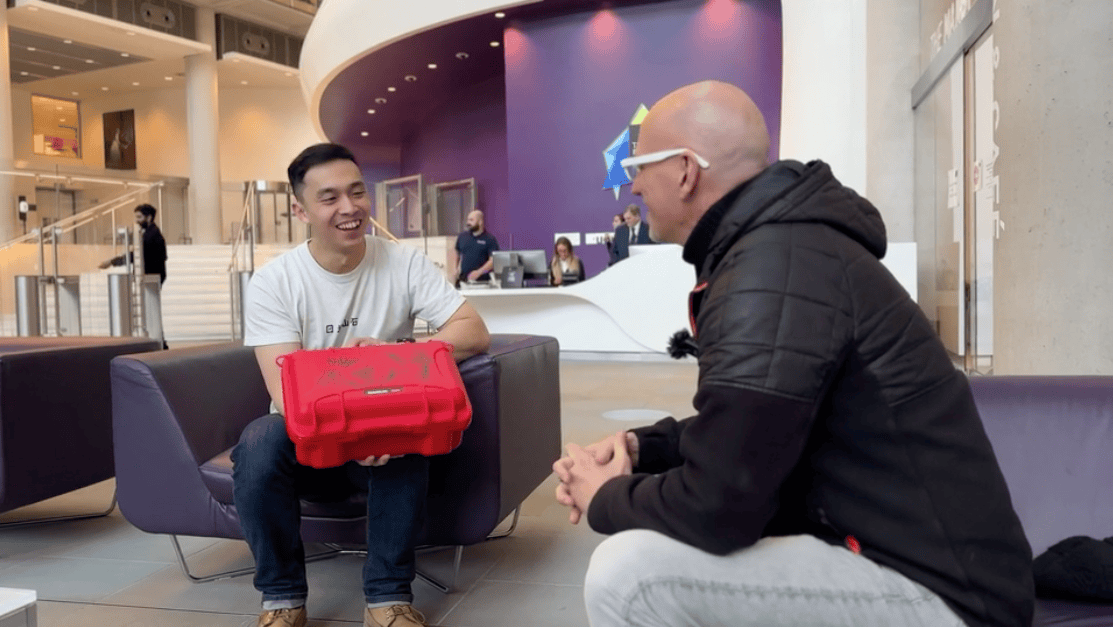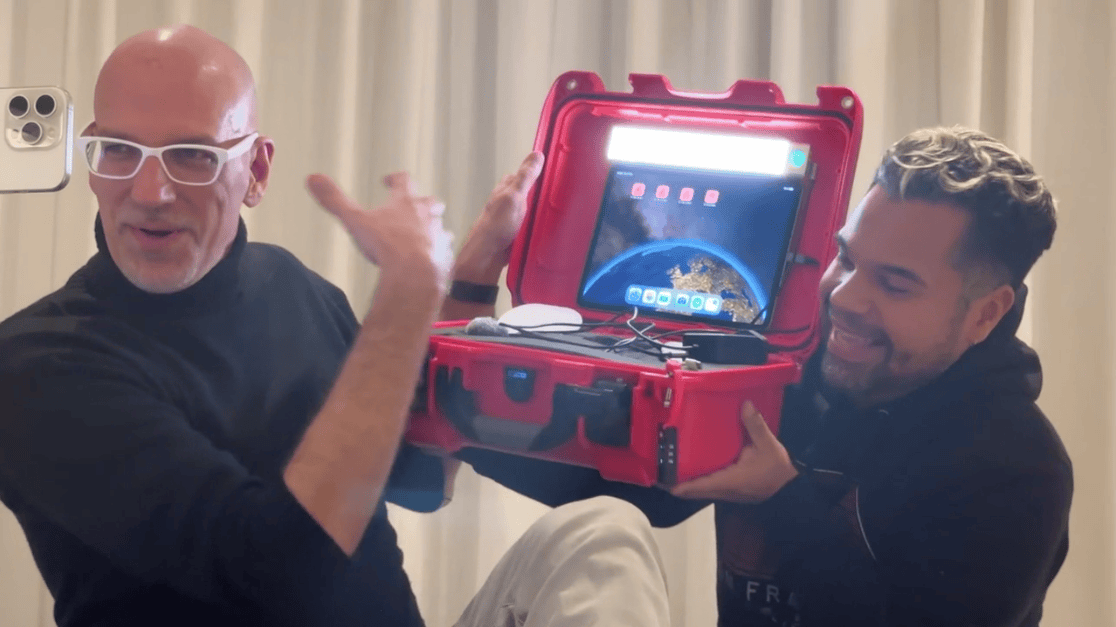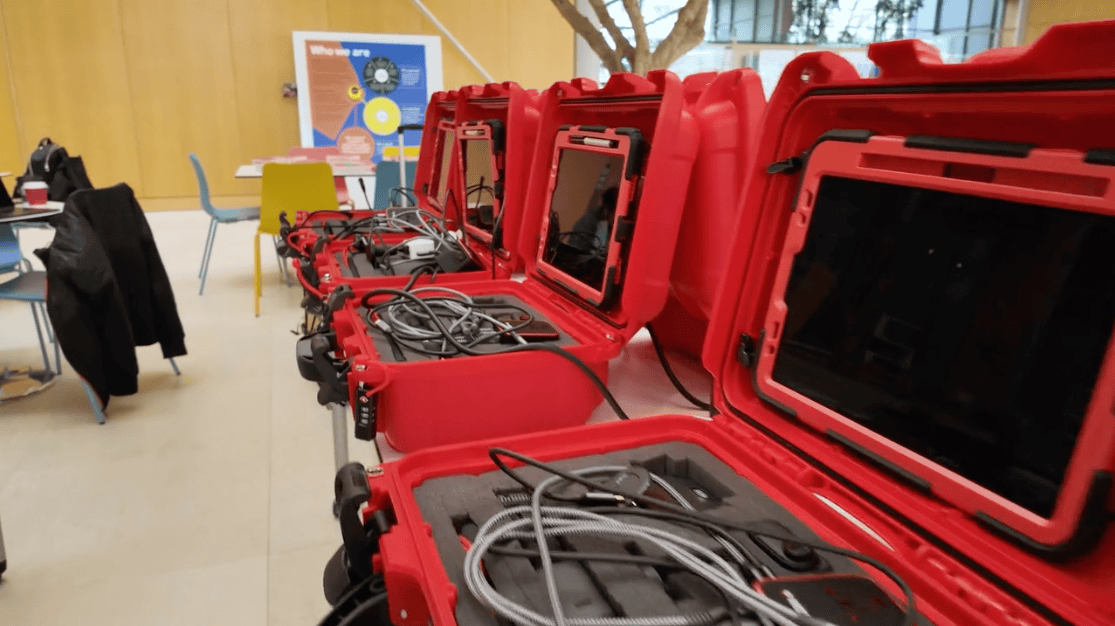Stories
A mouse is not a human, and dialysis is not a kidney.
Today, drug developers select their best treatment candidates based on animal studies. But these models are not predictive of the results in humans. The result — 90% of new drugs tested using animal models fail in humans. And the results are worse if the immune system is involved. We need better preclinical prediction tools. Much better.
Only 35% of the 2 million patients with chronic kidney disease will survive the nearly 5-year wait for an organ transplant. Bioengineering and stem cell technologies could change this and, in the future, put an end to donor organ waiting lists.
In the HOPE program, we bioengineered new functional organs, at scale, pioneering new solutions — to address the donor organ shortage. And we aimed to create better platforms to predict human immune responses to new drugs — to change the economics and speed of development.
But we also aimed to challenge the very notion of what’s possible to achieve — if we aim high, work together globally, and remove barriers to progress.
More breakthroughs. Faster. That’s our mission.


